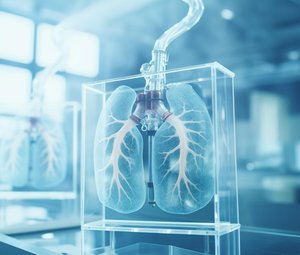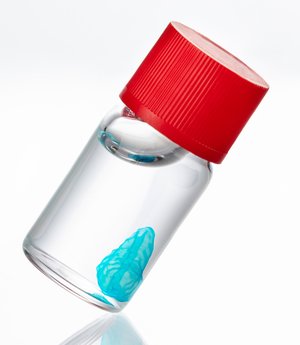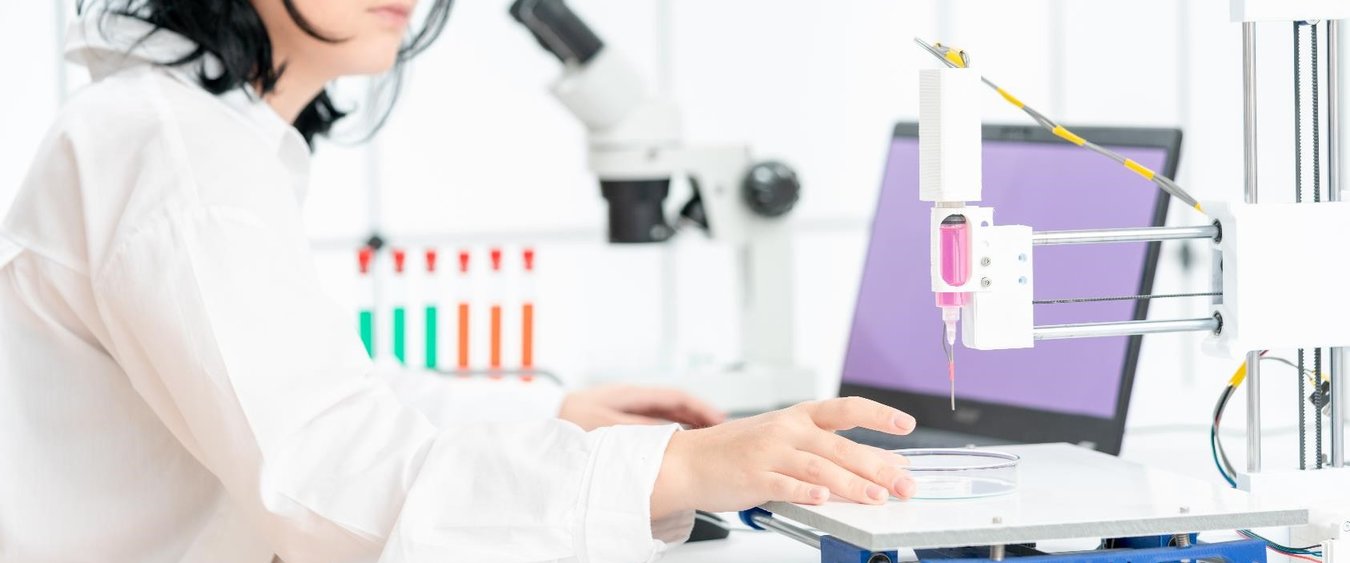While there are many challenges involved in creating standardized, reproducible and fully functional in vitro 3D models with all the characteristics of human organs, exciting progress is being made in the field.
Revolutionizing drug testing through 3D in vitro models

Many promising preclinical drug candidates fail in clinical testing, wasting money, time and resources. A major factor is the difficulty of translating test data from animals to humans due to differences between species. Reliable, realistic in vitro 3D models could help to overcome this issue, aiding drug development and improving our understanding of human disease. By using organoids, drug products can be tested outside of the body, helping to advance personalised therapies, such as cancer therapies, by identifying the best treatment for individual patients. Although cell culture models are simpler than animal models, replicating only one functional tissue as opposed to a whole organism, they have the benefit of being more predictive. Now that the FDA no longer requires all drugs to be tested on animals before human trials, 3D models could well become the new testing norm.
Advancing the field through collaboration

Recent advances have come from collaboration between (bio)chemistry, material science, cell biology, biofabrication and computer science, illustrating the extensive skillset needed to successfully grow realistic organs and tissues in vitro. For example, there’s been a paradigm shift in our appreciation of materials for tissue engineering, viewing them not just as simple scaffolds, but as proactive components that adapt to the needs of specific cell types and direct their behaviour to form organoids (fully functional tissues and organs). Transformative materials are one piece of the puzzle, and continued cross-discipline collaboration is required to connect the countless components of this complex challenge, from stem cell culture to sensing devices that monitor cell behaviour.
100+ years of progress
In the 2023 review, Gerado-Nava et al. outline major advances in the field to date, including:
- 1906: hanging drop tissue culture as first example of 3D cell culture
- 1988: first demonstration of bioprinting
- 1997: first tissue engineered ear
- 2009: first in vitro organoids grown from stem cell culture by Hans Clevers’ group ("intestinoids" for testing drugs on active human intestinal tissue)
- 2010: first organ-on-a-chip (microfluidic culture devices that recapitulate the complex structures and functions of living human organs)
- 2022: first clinical transplantation of an organoid (an artificially grown mass of cells or tissue that resembles an organ) into a patient
- 2022: Rousselot Biomedical announces the world’s first GMP grade GelMA
Transformative biomaterials for 3D bioprinting
GelMA (gelatin methacrylate) is a biomaterial produced from the natural collagen-derived protein, gelatin, with increased stability that comes from crosslinking facilitated by methacrylate groups. GelMA has applications at every step in the complex process of growing functional human organs and tissues in vitro. From acting as an instructive biomaterial that supports self-organized differentiation, proliferation and expansion of stem cells in 3D cell culture, to biofabrication 3D tissue models, to novel bioinks for bioprinting technologies, GelMA’s versatility makes it an essential component for successful 3D models.

The world’s first GMP GelMA
Developing the first GMP (Good Manufacturing Practice) grade purified GelMA is a landmark for biomedical researchers from the lab to the clinic. Good Manufacturing Practice provides a high level of quality and consistency. Purified GelMA produced under GMP supports the biocompatibility and safety of the final applications. Rousselot’s X-Pure GelMA has GMP-grade certification, which demonstrates that it has undergone rigorous quality testing, is manufactured with meticulous attention to critical quality attributes, and adheres to standardized production practices. This for example supports the reproducibility of findings across collaborating laboratories, allows for long-term studies where consistent quality is required over several years, and underscores ethical commitments to maintaining the highest standards of research integrity. GMP-grade GelMA is a gateway for efficient translation to the clinic, giving greater confidence that lab-based discoveries will translate successfully into practical medical applications and streamlining the process of regulatory approval.
GelMA may just be one component in the over-a-century long journey to create realistic in vitro 3D models of human tissues and organs, but in such a complex and sensitive system, it’s essential that every element helps to eliminate the introduction of errors.
